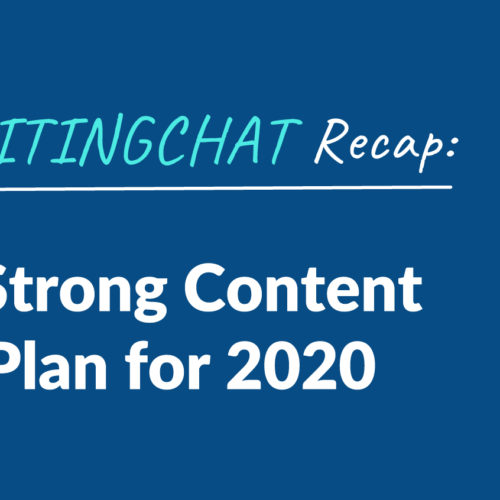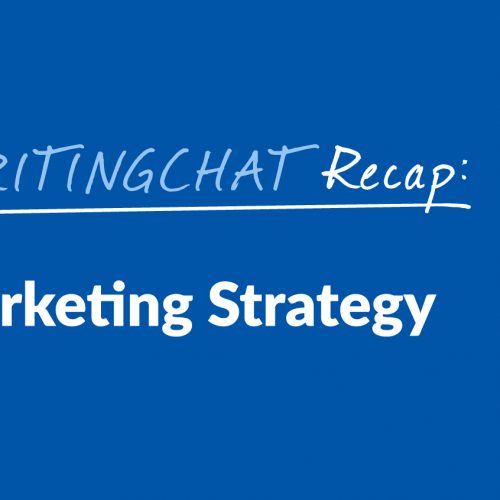Why Does Getting Content Right the First Time Matter?
Why does content matter? Publishing high-quality, valuable content is a huge element of any brand’s digital marketing strategy. If your content isn’t great, people won’t bother reading it. Nor will they be interested in visiting your blog in the future. Unfortunately, there are still some people that aren’t taking their content creation very seriously. To help you see why you need to get your content right the first time, we’re sharing why ranking in Google can be challenging (plus how they rank pages) and a few other advantages to publishing great content now. Why Ranking in Google Can be Hard According to Ahrefs, 90.63% of pages get no organic search traffic from Google. That means a lot of creators are missing out on tons of potential traffic getting sent their way each month. It’s essential to optimize your content and avoid ending up in this situation. If you aren’t sure how to properly optimize your content, you could accidentally implement some SEO tactics that Google isn’t fond of. For instance, keyword stuffing or adding junky backlinks. If you’re not an expert in SEO, this is when it’ll be smart to outsource the content creation and optimization to someone who knows best practices. How Google Ranks Pages To ensure search results deliver exactly what a user is looking for, Google designed an algorithm and system to rank content. There are tons of factors you’ll want to consider if you hope to land that coveted top spot on the first page of search results. Here are some of the things Google looks for when ranking pages: Relevance of Web Pages: Google’s algorithms will analyze a web page to assess the content it contains. If its content is deemed relevant to a user’s search, it will show up in the returned results. To determine relevance, Google looks for on-page keywords and other data. Quality of Content: Priority number one is delivering searchers quality content that pertains to their queries. Google’s systems identify which web pages show expertise, authoritativeness, and trustworthiness (E-A-T) on a specific topic. Usability of Web Pages: If your website isn’t easy to navigate, Google isn’t likely to send many visitors your way. Proper site functionality is necessary on both desktop and mobile, so make sure there aren’t any errors preventing people from browsing. So, why is content so important? Well, if you’re not publishing content, you’re not going to rank in Google’s search results. And if you’re not ranking in search results, it’s not likely people will find your website on their own. Why it’s Essential to Publish Great Content From the Start A strong content strategy isn’t just going to help you climb to the top of Google. There are also some other reasons why it’s essential to start publishing great content right away: 1. Content Educates Your Audience In many cases, we’re Googling topics that we want to learn more about. If you can provide all the information someone needs in a single post, readers are sure to be appreciative. Plus, they won’t be inclined to venture to your competitor’s website. Always strive to create great content with tons of valuable details because first impressions make a huge difference. 2. You’ll Become More Visible Online Showing up consistently by posting regular blog content is a sure-fire way to get noticed. The more optimized content you publish, the more blog posts you’ll have showing up in search results. This is a great way to drive traffic and boost awareness for your brand. Before you know it, people will see you as a go-to resource for your area of expertise. 3. It’ll Build Your Authority in Your Field When people see you as an authority in your field, they’ll be more inclined to consume all the content you publish. They’ll recommend you to their friends. And they’ll potentially purchase products and services you offer, thus generating more revenue. Trust Express Writers to Create Great Content Our team of skilled writers is ready to create optimized content that will get you noticed by Google and your readers. Instead of wrestling with SEO on your own, let our experts take over. Contact us if you have questions or visit our Content Shop to see our content offerings.









